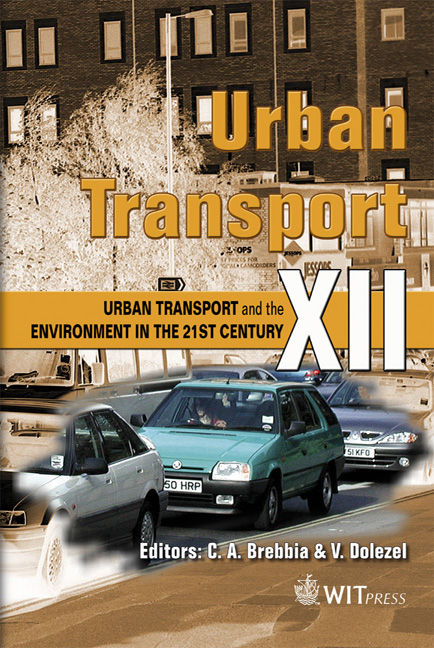Benzene, Toluene And Xylene Measurements In The Vicinity Of Petrol Stations (Toulouse – France)
Price
Free (open access)
Transaction
Volume
89
Pages
6
Published
2006
Size
1,612 kb
Paper DOI
10.2495/UT060641
Copyright
WIT Press
Author(s)
V. Simon, C. Borownjack & C. Touya
Abstract
The monitoring of air quality on the urban agglomerations is a priority today and, within this framework, the benzene, toluene and xylene (BTX) concentrations are regularly measured. One of their principal atmospheric sources are the petrol stations: indeed, at the time of the filling of the fuel storage tanks or the vehicle tanks, there is vapor release of hydrocarbons, and more particularly of BTX which remains in the atmosphere. In order to study the impact of this source of emission on its vicinity, we choose to measure the concentrations in BTX around a petrol station using passive dosimeters of Radiello type in various points (above the pumps and in the district where the station is). Dosimeters were installed from January 10 to January 30, 2002. The average atmospheric concentrations of benzene and BTX close to the pumps reached 28 and 293 µg.m-3 respectively whereas they are about 8 and 80 µg.m-3 at the roadside. The use of a recovery device for VOC vapours should partially improve the air quality in the district. Keywords: benzene, toluene, xylene, petrol station. 1 Introduction Volatile organic compounds (VOCs) play an important role in atmospheric chemistry. This is especially true for substituted aromatic VOC such as toluene and xylenes which have a high photochemical ozone creation potential. They take part in photochemical reactions and are major sources of radicals which can
Keywords
benzene, toluene, xylene, petrol station.





